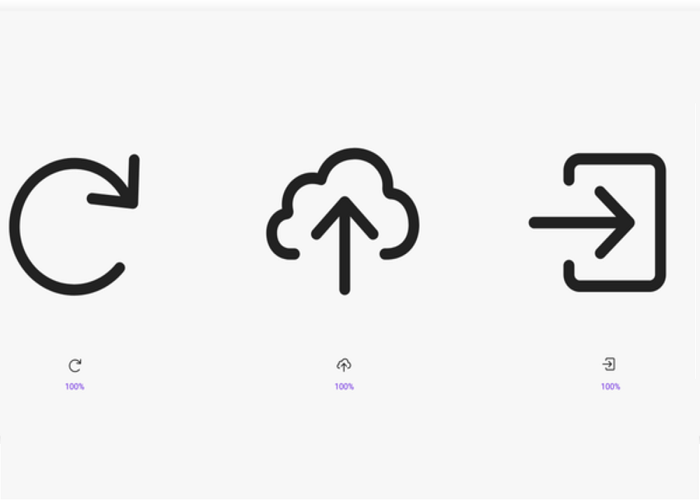Creating effective icons is an essential skill for any designer looking to enhance user interfaces and improve user experience. A well-designed icon can make a significant difference in how users interact with a product or website. This article will guide you through the key steps of going from concept to icon, offering practical tips to help you become a skilled icon creator.
Understanding the Purpose of An Icon
Before you start designing an icon, it’s crucial to understand its purpose. Icons serve as visual shortcuts, representing actions, ideas, or objects in a simplified form. Knowing what your icon needs to convey will guide your design decisions and help you create something that truly resonates with users.
Another important aspect to consider is the context in which the icon will be used. The platform and its requirements will influence the size, detail, and complexity of the icon. By understanding the purpose and context, you can create an icon that is both functional and aesthetically pleasing.
Starting with a Clear Concept
The concept is the foundation upon which the entire design is built. Without a strong concept, the icon may fail to communicate its intended message effectively. Taking the time to develop a solid concept is crucial for successful icon creation.
Begin by brainstorming ideas that align with the icon’s purpose. Sketch out different possibilities on paper or digitally. Once you have a few concepts, choose the one that best captures the essence of what you want to convey. Refine this concept by focusing on the key elements that make it unique. A clear and refined concept will provide a strong foundation for the design process.
Designing for Simplicity and Clarity
One of the most important principles of icon design is simplicity. Focus on the essential elements that define the icon’s concept. Remove any unnecessary details that do not contribute to the overall meaning. The simpler the design, the easier it will be for users to identify and remember the icon.
Clarity is another crucial aspect of icon design. Ensure that the icon remains clear and legible even when scaled down to smaller sizes. Test the icon in different sizes and contexts to make sure it maintains its effectiveness across various applications.
With Adobe tools, “Generate and make edits in your icon quicker.”
Choosing the Right Colors and Styles
Color and style play a significant role in how an icon is perceived. The colors you choose can influence the icon’s visibility, meaning, and appeal. Similarly, the style of the icon can affect its alignment with the overall design aesthetic of the project.
The style of the icon should be consistent with the rest of the design. Whether you choose a flat design, line art, or something more detailed, make sure it aligns with the overall look and feel of the project. Consistency in style helps create a cohesive user experience and strengthens brand identity.
Testing and Refining the Icon
Once the design is complete, testing and refining the icon is an essential step. Testing helps identify any potential issues, and refining the design ensures that the final icon is polished and ready for use. Start by testing the icon in the actual environment where it will be used. This might involve placing it on a website, within an app, or on printed materials.
By choosing the right colors and styles and thoroughly testing the icon, designers can ensure that their creations are both functional and visually appealing. Mastering these tips will help any designer become a skilled icon creator capable of producing icons that stand the test of time.


